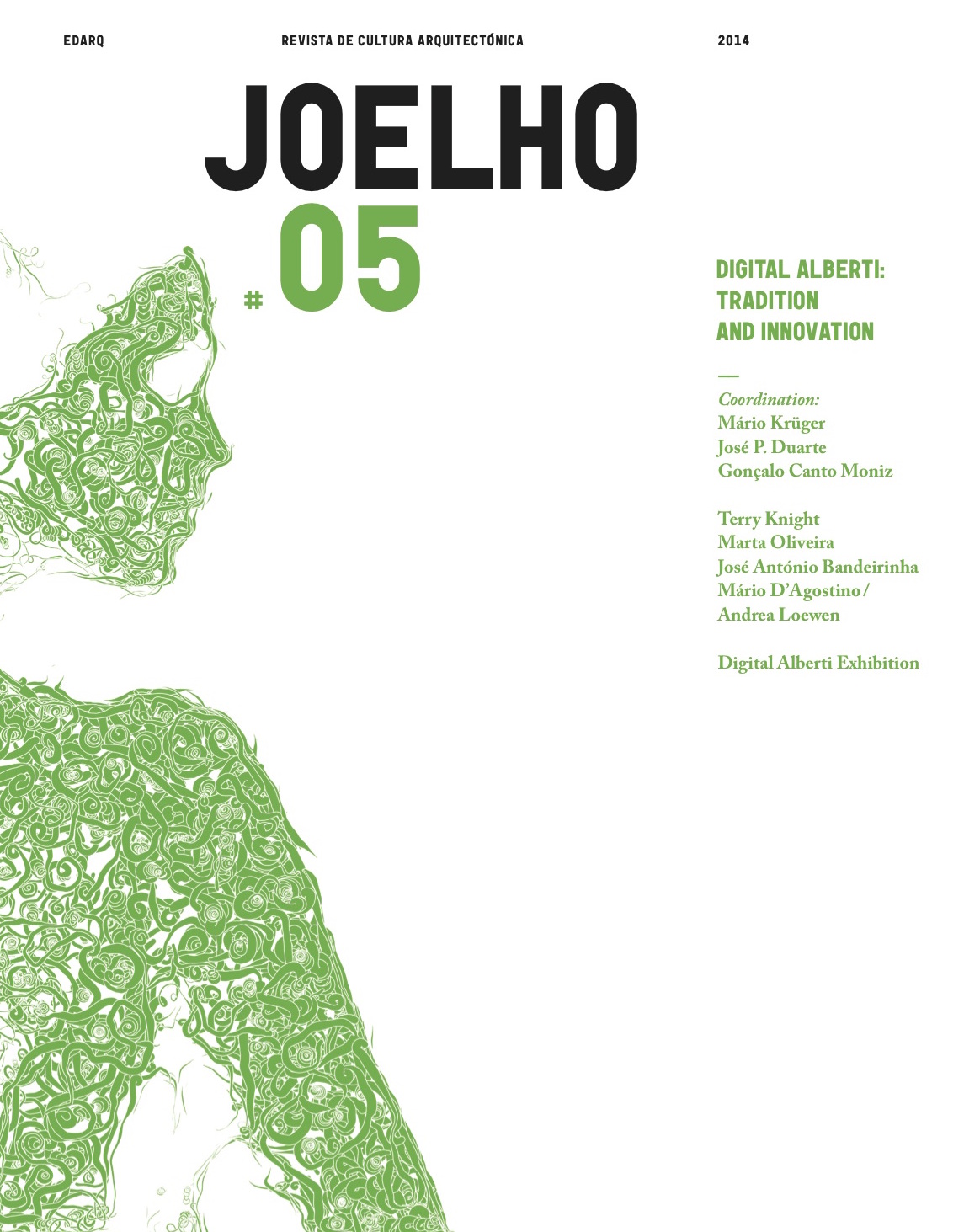Interactive Stereoscopic Visualization of Alberti Architectural Models
DOI:
https://doi.org/10.14195/1647-8681_5_13Resumo
The widespread adoption of multi-touch devices and the vulgarization of inexpensive and non-intrusive tracking solutions allow the design of new experiences for museum visitors. This allows users to visualize and interact with 3D models, overcoming the physical limitations of scale models and avoiding direct manipulations with valuable artifacts. In this paper we present a semi-immersive environment to visualize digital reproductions of Leon Battista Alberti influenced buildings in a museum exhibition. Combining affordable tracking technology and stereoscopic visualization, virtual models can be rendered as they were lying above the surface. Using a touch enabled surface and hands and fingers tracking, we allow exhibition visitors to interact with the virtual content in a non-intrusive manner. It also enables visitors to create their own custom Alberti temple, changing its columns, front and body, following the strict Alberti treatise rules, and then observe the impact of the changes on the complete model. With the feedback we attained in the exhibition, we showed, once again, that virtual reality can improve museum experiences, making them more appealing and interactive, offering unique ways to explore content, which posters and physical models cannot provide.
Downloads
##submission.downloads##
Publicado
Edição
Secção
Licença
Acesso Livre
Autores que publicam nesta revista concordam com os seguintes termos:
a. Autores conservam os direitos de autor e concedem à revista o direito de primeira publicação, com o trabalho simultaneamente licenciado sob a Licença Creative Commons Attribution que permite a partilha do trabalho com reconhecimento da autoria e publicação inicial nesta revista.
b. Autores têm autorização para assumir contratos adicionais separadamente, para distribuição não-exclusiva da versão do trabalho publicada nesta revista (ex.: publicar em repositório institucional ou como capítulo de livro), com reconhecimento de autoria e publicação inicial nesta revista.
c. Autores têm permissão e são estimulados a publicar e distribuir o seu trabalho online (ex.: em repositórios institucionais ou na sua página pessoal) a qualquer ponto antes ou durante o processo editorial, já que isso pode gerar alterações produtivas, bem como aumentar o impacto e a citação do trabalho publicado (Veja O Efeito do Acesso Livre).





